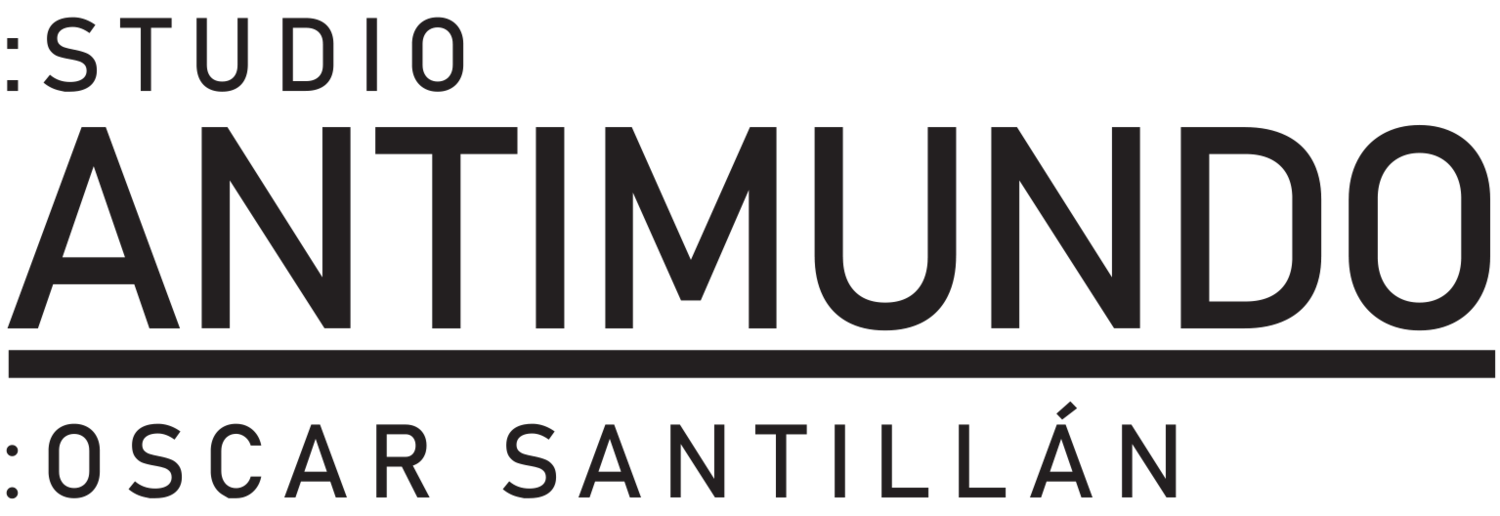ARTISTIC PROPOSAL > Rijksmuseum artist-in-residence call
The proposed artwork is an installation that seeks to engage deeply with the themes of presence, absence, and material memory departing from the terracotta sculpture "Study for a Hovering Putto" in dialogue with contemporary technologies.
The installation consists of a pair of long, suspended robotic arms that descend from the museum ceiling, stretching a number of meters from two mechanical bases anchored to the ceiling, from which the robotic arms extend vertically and diagonally downward, reaching a height of about 1.5 meters above the ground.
At the terminus of each robotic arm are hands fitted with hyper-realistic fingers, meticulously crafted to replicate the most accurate possible representation of the sculptor's hands who made the "Study for a Hovering Putto," as inferred from the study outlined in the recent research paper. These fingers, modeled using advanced forensic and anthropometric analysis, are designed to evoke the physical presence of the original artist. They bring the viewer into a direct, almost uncanny, encounter with the hands that once shaped the terracotta sculpture.
The two robotic arms are programmed to move with extraordinary precision and delicacy. As they approach each other, the fingers appear to trace the contours of the absent form of the "Study for a Hovering Putto," moving slowly and methodically across the invisible boundaries of its ghostly presence. The hands gently touch, press, and manipulate the air, mapping an unseen surface of the absent terracotta sculpture.
Hence, in this artistic project the original relationship is inverted, meaning, while originally the researchers encountered finger marks imprinted on the terracotta, here you have physical robotic hands touching the absent form of the same terracotta sculpture. Thereby, in the artwork, the hands are present while the artifact is hidden.
The installation invites viewers into an intimate space of reflection, where they are witnesses to a continuous performance that blurs the boundaries between the past and present, the visible and invisible. The gentle, almost tender, movements of the robotic hands create an atmosphere of haunting immediacy, suggesting that the absent form of the sculpture is not truly gone but rather exists in a liminal space between memory and materiality. As the fingers glide over the empty space, the ghostly form of the Putto is conjured in the viewer's mind, its contours reconstructed not by sight but by the suggestion of touch.
In essence, this project will be an exploration of what it means to encounter the material traces of history through a contemporary lens. It asks the viewer to consider the absent presence of the maker, the "ghosts" that linger in the museum's collection, and the dynamic interactions between human creation and the endless possibilities of artistic recreation.





